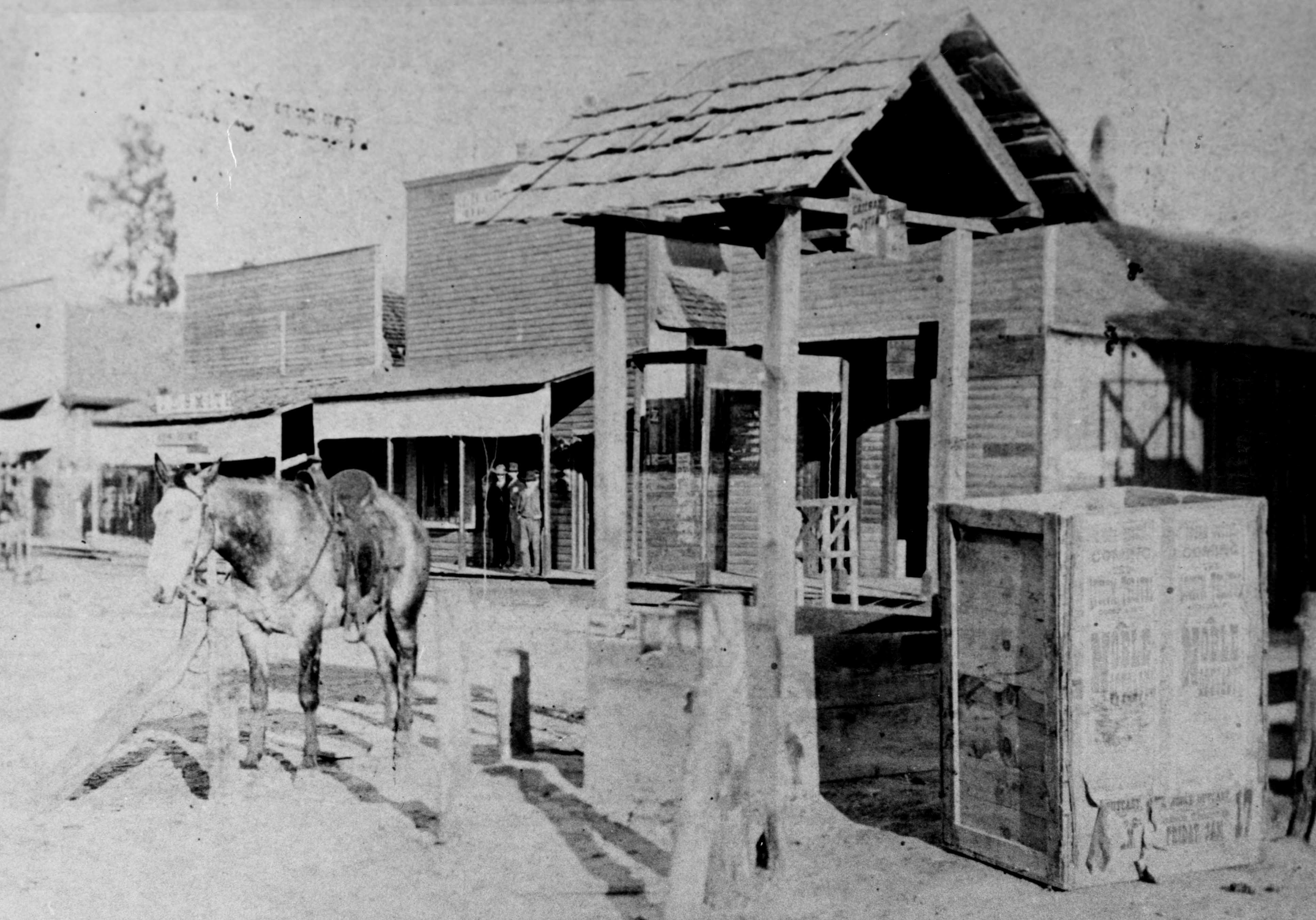EVEN HORSES AND BUGGIES CAUSED TRAFFIC PROBLEMS
By Judith Linsley
We think of traffic accidents as being related to motorized vehicles, but they also presented problems in the days of the horse and buggy. Beaumont was no exception, and early area newspapers often contained horse-related incidents.
In March, 1890, the Houston Post reported an accident in Beaumont in which "a double team driven by [livery stable owner] Alex Broussard ran away with him, overturning the hack and bruising him up considerably besides cutting a small gash in his head." Unfazed, Broussard was "out again on the same day."
The Beaumont Journal of November 27, 1901 reported a man charged with violating a city ordinance by "allowing his horse to stand untied." Mayor D.P. Wheat, presiding in municipal court, dismissed the case because the man proved that he didn't own the horse and had only been holding it.
On that same day, two young men charged with "using Crockett Street for a race course" didn't show up for their hearing. They were to be brought in the next day.
The next day, which was Thanksgiving (not yet an official holiday), the court heard a charge of "fast and reckless driving" against a man accused of driving his wagon on Crockett Street "with his horse on a run" and "still swinging his whip." Judge Wheat fined him 9 dollars and promised to double it if it happened again.
The Journal admonished its readers: "The lives and property of Beaumont people are placed in danger every day by drivers who have no sense or skill in the handling of horses. Some heavy penalties will be necessary to stop the fast driving."
While Beaumont did what it could to stop reckless driving by people, it couldn't always control animal behavior. The Journal recorded that a Beaumont Steam Laundry wagon driver put a "heavy weight" on the harness, thinking it would hold the horse. But when another wagon backed into the laundry wagon, the horse ran away, dragging the weight with it. The wagon soon collided with a buggy, scattering laundry; but the horse kept running through congested streets all the way back to the laundry. At least it knew where home was. Remarkably, there were no injuries and only minimal damage.
Automobiles and animals shared streets and country roads for years before cars prevailed. Traffic laws tried to provide for both means of transportation, but co-existence wasn't always peaceful, and horses usually got the worst of any confrontation.
The August 29, 1915, Beaumont Enterprise carried a sad notice about the death of "King," the "faithful old horse" that pulled a buggy for the Magnolia Refinery for years. King was on his way home from work and had just drunk at a public watering trough (the city still provided those). A car struck him, fatally injuring him but not seriously injuring his driver or the driver of the car.
Nowadays, accidents are usually blamed on mechanical failure or driver error. Back then, animal personalities had to be factored in as well. I wonder if anyone ever sued a horse for reckless driving?

A well-behaved horse is tied near a public well at the intersection of Main and Crockett streets in downtown Beaumont, ca. 1896.
Beaumont Enterprise, August 29, 1915.
Beaumont Journal, November 27, 1901.
Houston Post, March 1890 (exact date unknown).